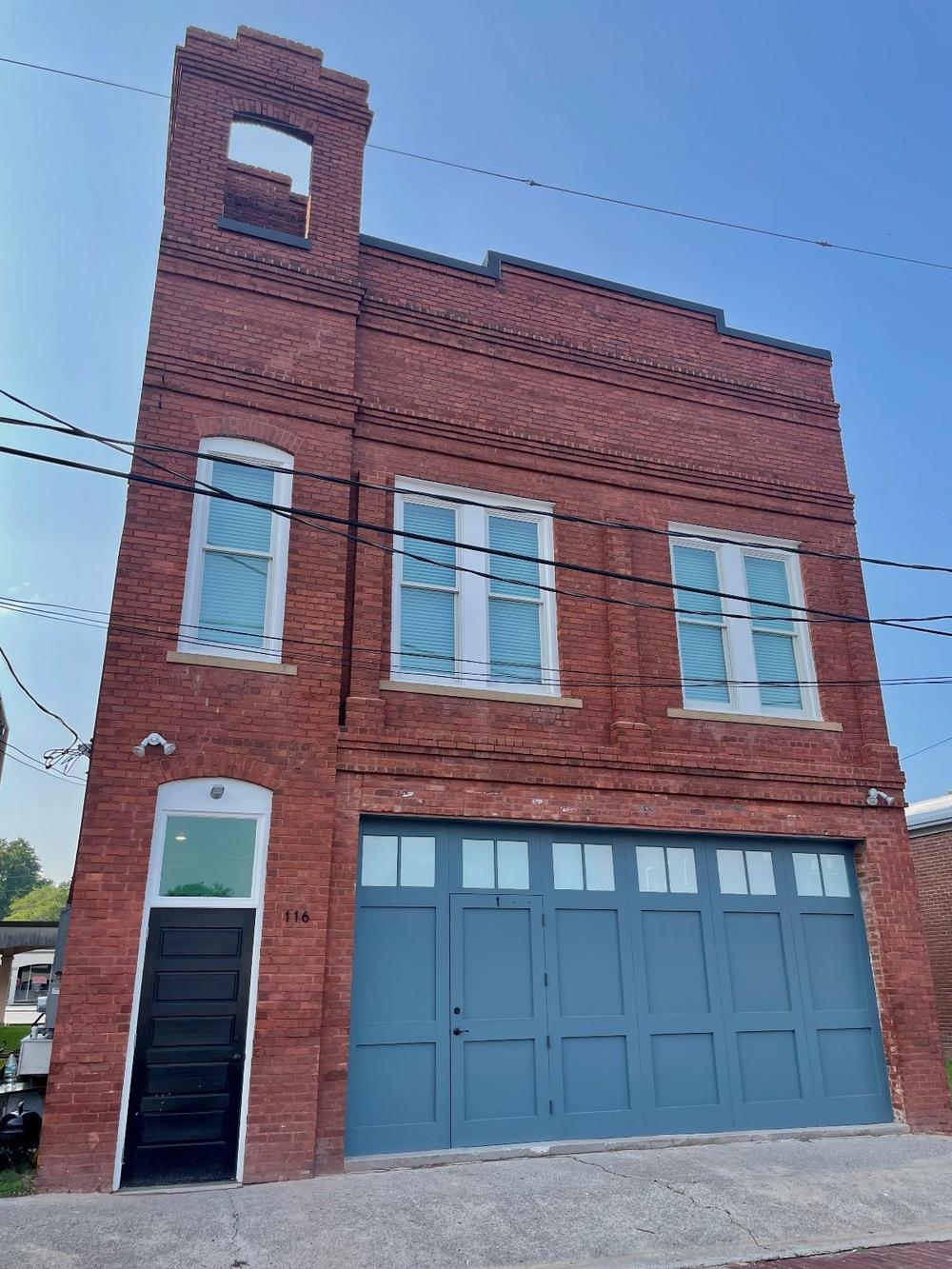
March 19, 2024
An Update to Preservation Brief 16
By Caitlyn McSwigan, Tax Incentives Architectural Reviewer
Last October, the National Park Service published an updated version of one of their existing briefs, Preservation Brief 16: The Use of Substitute Materials on Historic Building Exteriors. While the Secretary of the Interior’s Standards for Rehabilitation act as the primary set of regulatory guidelines for state and federal rehabilitation projects, Preservation Briefs are used to interpret the Standards and focus on specific steps and issues during the rehabilitation process.
Technical Preservation Services' staff, John Sandor, Amy Elizabeth Uebel, and David Trayte, revised the brief and hosted webinars to explain the updated guidance. With this brief being first published in 1988, Trayte noted that its update was “a project long time in the making.” The revised brief demonstrates greater flexibility concerning replacement materials for rehabilitation projects. The National Park Service defines rehabilitation as “the act or process of making possible a compatible use for a property through repair, alterations, and additions while preserving those portions or features which convey its historical, cultural, or architectural values.” The brief expands previous guidance to adhere to this definition while recognizing the public’s desire for more options when selecting compatible materials.
A recent report from Advisory Council on Historic Preservation points out there is a noticeable “shift in the treatment of substitute materials, which prior guidance suggested avoiding.” The brief poses several explanations for why a substitute material may be acceptable in specific instances. These include the unavailability of historic materials/skilled artisans, lack of durability of the material used historically, additions, reconstruction, secondary-features, code-required performance, and sustainability. The brief is broken down into historic building features and recommended substitute materials. These features include masonry, architectural metals, siding, roofing, decking, and molding/trim and the spotlighted substitute materials include aluminum, cast stone & precast concrete, fiber reinforced concretes, glass fiber reinforced polymers, fiber cement, mineral/polymer composite, cellulose fiber/polymer composite, non-composite polymers, and cellular PVC. While the list of allowable materials has expanded, there is a disclaimer within the brief that cautions “any substitute materials should be selected based on its specific physical and visual characteristics, conditions, and intended application consistent with the Secretary of the Interior’s Standards for Rehabilitation.”
Georgia’s rehabilitated properties make an appearance in the updated brief. Shown on Page 20 of the brief is the Thomson Fire Hall, a state and federal tax credit project reviewed by Georgia Historic Preservation Division Tax Incentives Team. Non-historic infill was removed and replaced with cement board, a compatible substitute material that was chosen to replicate the vehicular door that existed during the Period of Significance. The successful tax credit project executed by Historic Augusta now houses four apartments and shows that the retention of historic character can be achieved even when replacement does not involve using the same material as that of the historic feature.

Further Reading:
- Preservation Brief 16: The Use of Substitute Materials on Historic Building Exteriors By: John Sandor, David Trayte, and Amy Elizabeth Uebel
- Report and Recommendations on the Application and Interpretation of Federal Historic Preservation Standards By: Chair Sara C. Bronin